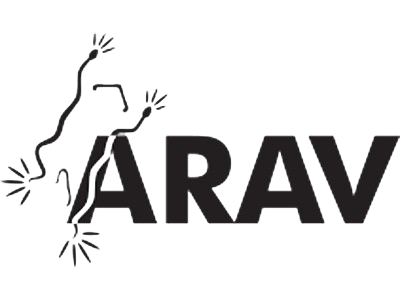The Easter Bunny is an anthropomorphic, egg-laying rabbit who sneaks into homes the night before Easter to deliver baskets full of goodies, including colored eggs, toys and chocolates. Many may be wondering how the origin of the Easter Bunny came to be, as well as why we have Easter eggs and many other festive things that go with the holiday.
Why Do We Have Easter Eggs?
 Many of us may chomp on chocolate eggs at Easter, but originally eating eggs was not allowed by the church during the week leading up to Easter (known as Holy Week). So, any eggs laid during this week were saved and decorated to make them ‘Holy Week eggs’, then given to children as gifts. This tradition was later adapted by Victorians with satin covered cardboard eggs filled with Easter gifts.
Many of us may chomp on chocolate eggs at Easter, but originally eating eggs was not allowed by the church during the week leading up to Easter (known as Holy Week). So, any eggs laid during this week were saved and decorated to make them ‘Holy Week eggs’, then given to children as gifts. This tradition was later adapted by Victorians with satin covered cardboard eggs filled with Easter gifts.
So, Where Does the Easter Bunny Come From?
Understanding how the Easter Bunny came to be, first requires you to understand the true history of Easter. This holiday is not just a Christian occasion; it goes back to ancient pagan rituals for fertility. The official anniversary of Christ’s resurrection was purposefully aligned with the Spring equinox, for numerous reasons. Some believe this was done to make the holiday a joint celebration between religious factions, while others feel it was timed to diminish the importance of pagan rituals that were in completion with the Christian church. Regardless, Spring and Easter are now connected forever.
The story of the Easter Bunny is thought to have become common in the 19th century. The Easter Bunny took form as an official symbol of the holiday, appealing similar to that of Santa Claus: both visit secretly, bringing toys and treats as a reward for good behavior. According to the University of Florida’s Center for Children’s Literature and Culture, tradition has it that Eostra—the pagan goddess of Spring and fertility—once appeared to a little girl who had happened upon an injured bird and prayed for the goddess to help. Magically, she turned the bird into her emblematic rabbit, promising the child that, for her good deed, it would return once a year to bring rainbow colored eggs.
 German settlers of the 18th-century in Pennsylvania eventually brought the Easter Bunny to the New World, though it was not until after the Civil War that the tradition of bunnies on Easter spread throughout the U.S.
German settlers of the 18th-century in Pennsylvania eventually brought the Easter Bunny to the New World, though it was not until after the Civil War that the tradition of bunnies on Easter spread throughout the U.S.
















